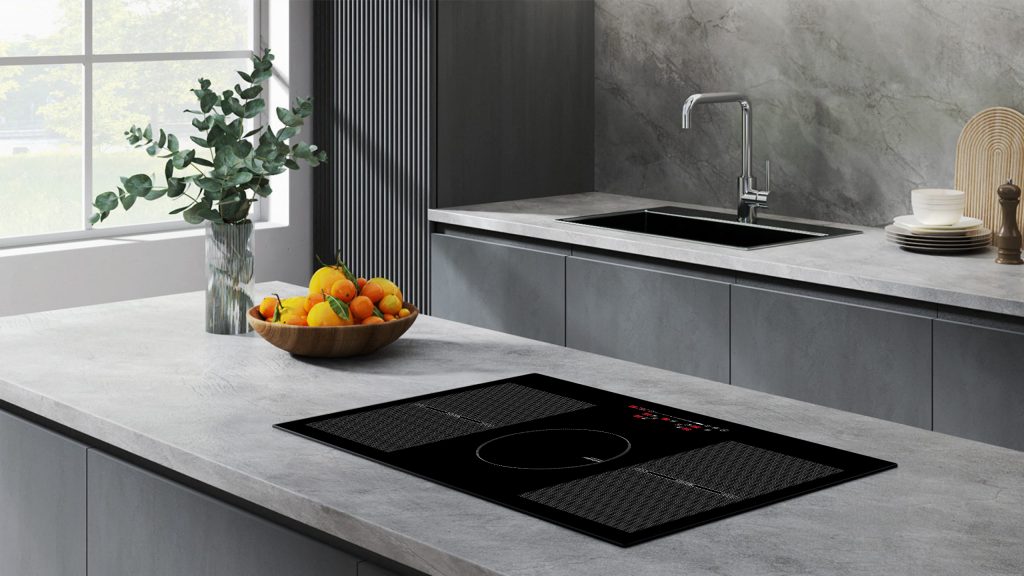About Us
As one of the major Chinese Built-in induction cooktop & Ceramic cooktop manufacturers, We have produced for more than 9 years, We have a strong technical team and achieved many certificates, such as CE, CB, ETL, ROHS, GS, EMC and so on.
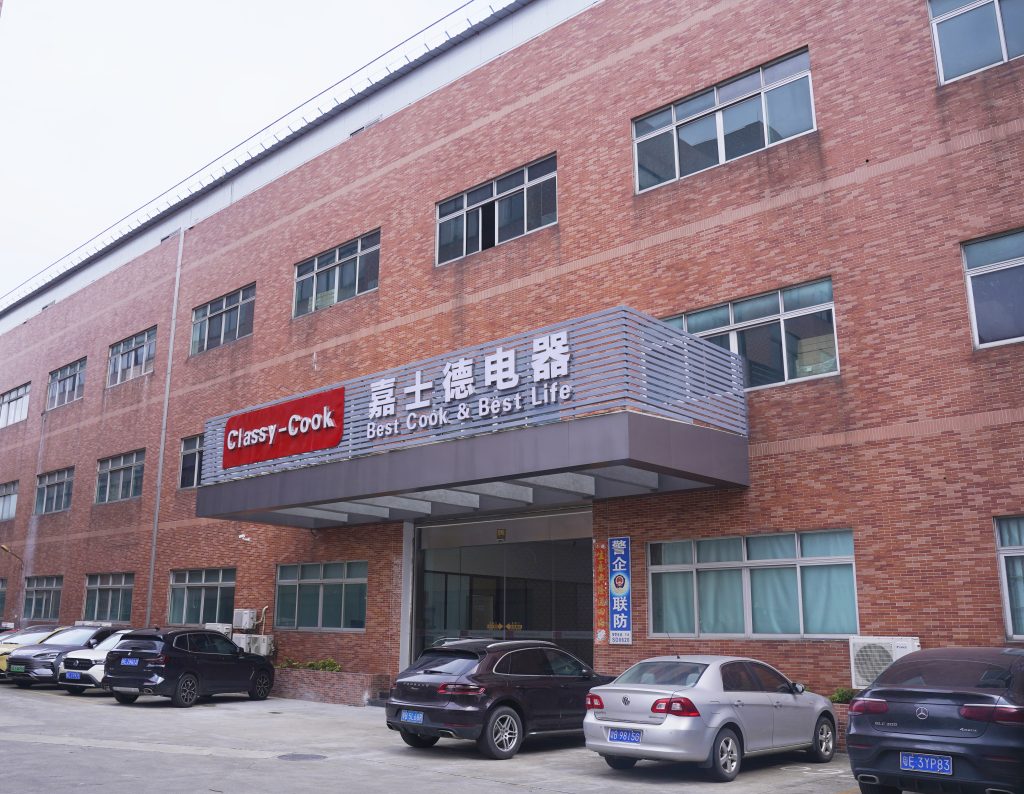
Company Profile
Foshan Classy-Cook Electrical Technology Co. Ltd. is a leading kitchen appliance manufacturer, specializing in the production of high-quality induction hobs, ceramic hobs, and kitchen composters. Established in 2014 and located in Shunde District, Foshan City, Guangdong Province, China, our company is committed to delivering innovative and eco-friendly kitchen solutions to customers worldwide.
Our Products
- Induction Hobs: Our induction hobs are designed with advanced electromagnetic induction technology, offering rapid heating, energy efficiency, and precise temperature control. These products are certified by CE, CB, ETL, ROHS, GS, and EMC, ensuring safety and reliability.
- Ceramic Hobs: Made from high-quality glass-ceramic materials, our ceramic hobs are known for their durability, heat resistance, and ease of cleaning. They are available in various sizes and designs to match modern kitchen aesthetics.
- Kitchen Composters: As part of our commitment to sustainability, we offer kitchen composters that transform food waste into organic compost, promoting environmental protection and reducing landfill waste.
Production Capacity
Our factory covers an area of over 8,000 square meters and is equipped with three production lines. With a team of more than 100 skilled employees, we have the capacity to produce up to 28,000 units per month. Our state-of-the-art facilities and stringent quality control processes ensure that every product meets the highest standards.
Global Reach
Foshan Classy-Cook Electrical Technology Co. Ltd. has a global presence, with our products exported to Europe, South America, North America, the Middle East, and Southeast Asia. We are dedicated to providing exceptional customer service and support to our partners and clients around the world.
Mission and Vision
At Classy-Cook, our mission is to enhance the quality of life in kitchens through innovative technology and sustainable practices. We strive to be a trusted global leader in kitchen appliances, driven by a commitment to excellence and customer satisfaction.
We invite you to explore our range of products and experience the difference that Classy-Cook can make in your kitchen.
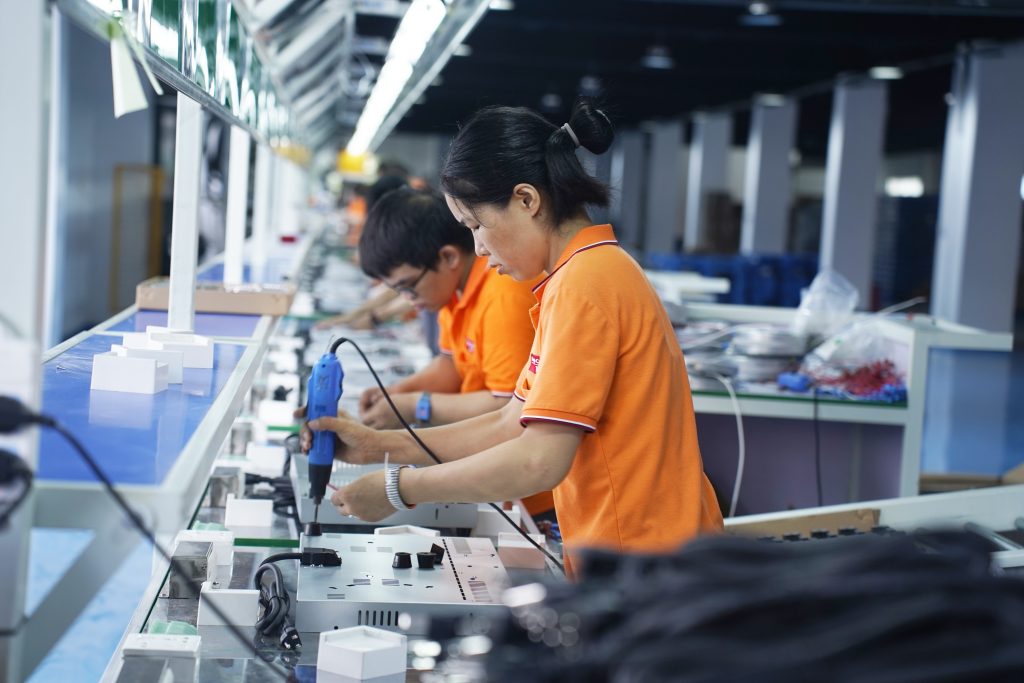
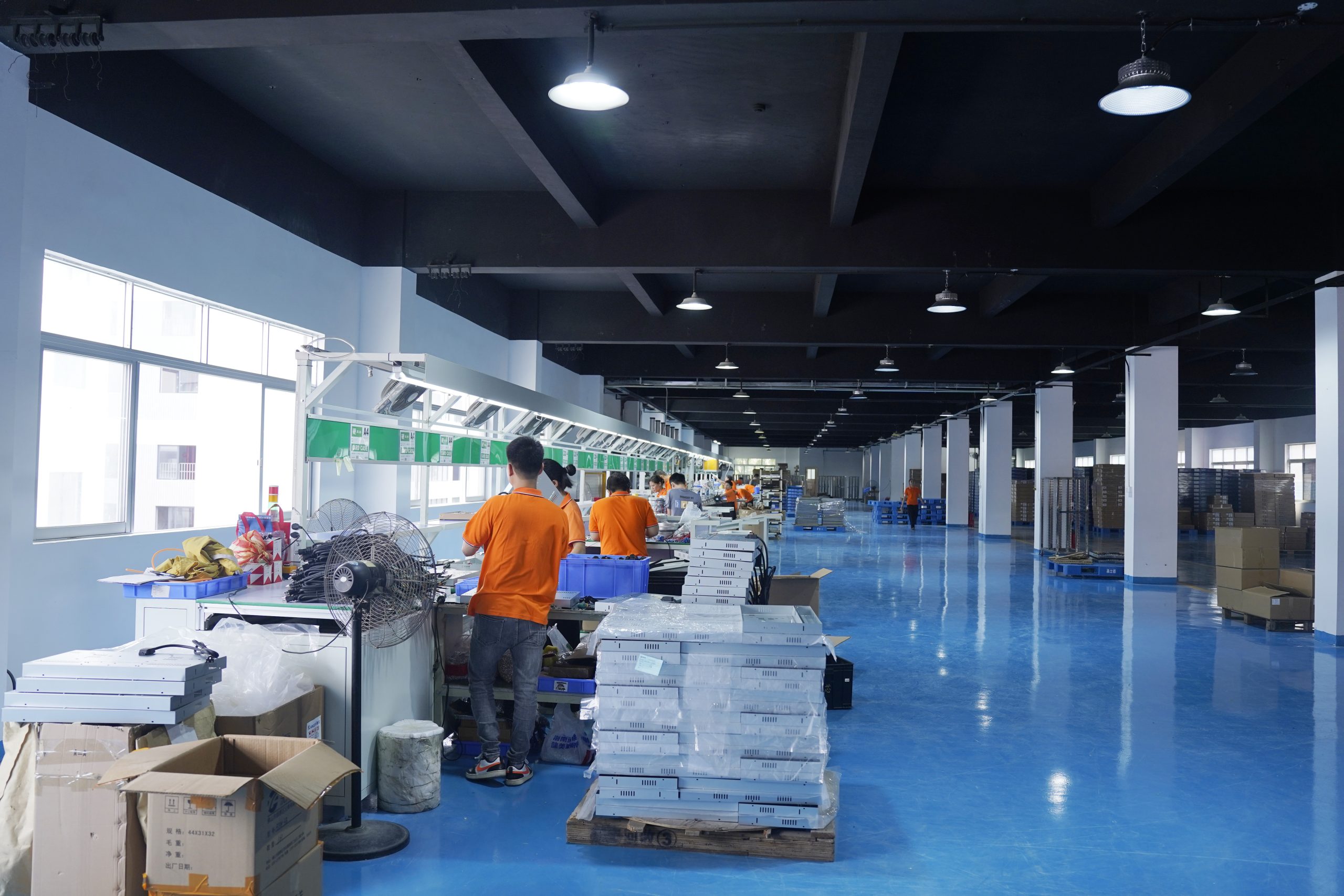
FOUNDED
0
EMPLOYEE
0
PRODUCTS
0
+
ENGINEERS
0
Vitro-ceramic Hobs
Vitro-ceramic hobs, also known as glass-ceramic cooktops, are a popular choice for modern kitchens due to their sleek appearance and ease of use. These hobs are made of a smooth, non-porous glass-ceramic material that is both durable and easy to clean. When the hob is turned on, electric coils or halogen lamps beneath the surface heat up, transferring heat to the cookware placed on top.
Working Principle
Vitro-ceramic hobs operate on the principle of radiant heat transfer. An electric current passes through heating elements beneath the glass-ceramic surface, generating heat that is then transferred to the cookware. This process is different from induction hobs, which use electromagnetic fields to heat the cookware directly.
Advantages
- Easy Cleaning: The smooth surface of vitro-ceramic hobs makes them easy to wipe clean, even after spills and splatters.
- Wide Cookware Compatibility: Unlike induction hobs, vitro-ceramic hobs can be used with a wide variety of cookware, including non-ferrous metals like aluminum and copper.
- Affordability: Vitro-ceramic hobs are generally more affordable than induction hobs, making them a budget-friendly option.
- Safety Features: Many vitro-ceramic hobs come with safety features such as overheating protection and residual heat indicators, reducing the risk of burns.
- Aesthetic Appeal: Their sleek and modern design can complement any kitchen décor, adding a touch of elegance.
Disadvantages
- Slower Heating: Vitro-ceramic hobs take longer to heat up compared to induction hobs, which can be a disadvantage if you need quick cooking.
- Less Precise Temperature Control: They offer less precise temperature control compared to induction hobs, making it more challenging to achieve consistent results with certain cooking techniques.
- Residual Heat: Vitro-ceramic hobs retain heat even after they are turned off, which can be a safety hazard if you accidentally touch the cooktop after cooking.
- Higher Energy Consumption: Compared to induction hobs, vitro-ceramic hobs can consume more energy, especially if used for extended periods.
Usage Tips
- Avoid High Heat: To preserve the longevity of your cookware and the hob, avoid using excessively high heat settings.
- Regular Cleaning: Wipe the surface regularly to prevent stains and scratches. Avoid using abrasive cleaners that could damage the glass-ceramic surface.
- Cookware Selection: While vitro-ceramic hobs are compatible with a wide range of cookware, avoid using cookware with rough or uneven bottoms to prevent scratching the surface.
Overall, vitro-ceramic hobs are a practical and stylish choice for those who prioritize ease of cleaning, affordability, and a modern kitchen aesthetic.
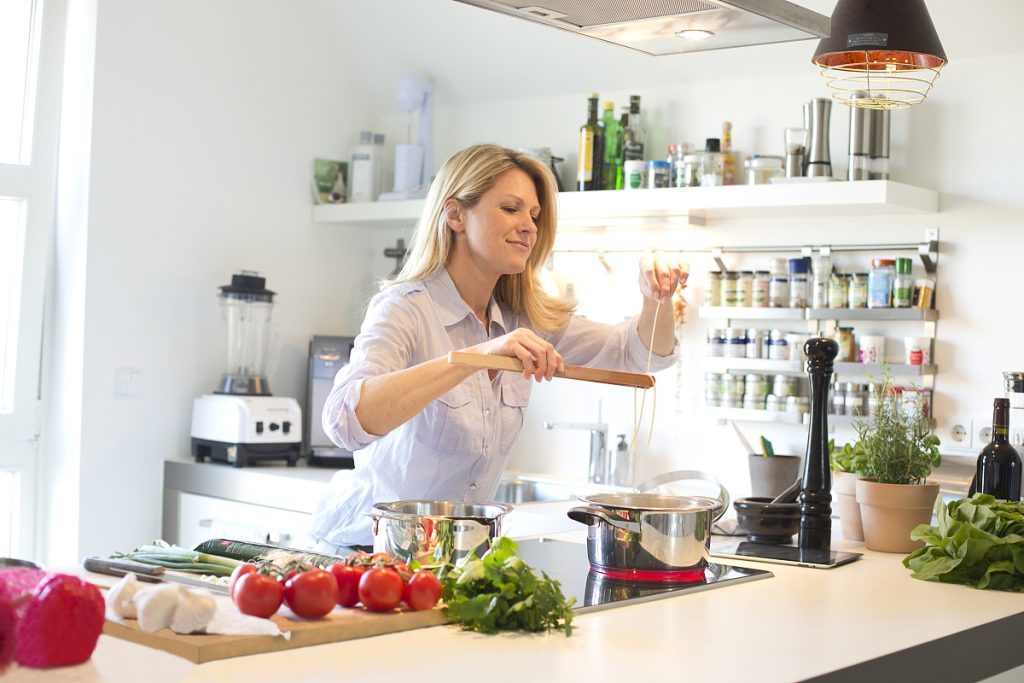
Induction Cooktop
Basic Concept
Induction cooktop is a modern kitchen appliance that uses electromagnetic induction heating technology to cook food. Unlike traditional gas stoves or electric hot plates that heat through open flames or conductive heating elements, an induction cooktop generates heat directly within the cookware itself.
Working Principle
It operates based on the principle of electromagnetic induction. When the cooktop is turned on, an alternating current flows through a coil beneath the cooking surface. This coil generates a magnetic field. When a ferromagnetic pot or pan (such as one made of cast iron or stainless steel) is placed on the cooktop, the magnetic field induces eddy currents within the pot. These currents produce heat through electrical resistance, which then cooks the food inside the pot. The heat is generated only in the pot and not on the cooktop surface itself, making it more energy-efficient and safer.
Advantages
- Energy Efficiency: It converts most of the electrical energy directly into heat within the cookware, resulting in less energy loss compared to other cooking methods. This can lead to lower electricity bills over time.
- Safety: The cooktop surface remains relatively cool to the touch, reducing the risk of burns. Also, it only heats the pot and not the surrounding area, minimizing the chance of accidental fires.
- Fast Heating: It can heat up quickly, often faster than gas or electric stoves. This means you can boil water or cook food more rapidly.
- Ease of Cleaning: The smooth surface of the cooktop is easy to wipe clean. Since spills and splatters don’t get baked onto the surface (as they would on a gas stove), cleaning up after cooking is usually quick and simple.
- Precision Control: Many induction cooktops come with precise temperature controls and multiple power settings. This allows for more accurate cooking, whether you need a gentle simmer or a high heat for stir-frying.
Common Features
- Multiple Cooking Zones: Most home induction cooktops have several zones (similar to burners on a traditional stove) where you can place different pots and pans. Each zone can be controlled independently.
- Digital Controls: They usually come with digital interfaces that allow you to easily adjust the power levels, set timers, and choose different cooking modes.
- Safety Features: Some models have features like automatic shut-off if the pot is removed or if the temperature gets too high. There are also child locks to prevent accidental operation.
- Compatibility Indicator: Many cooktops have an indicator light that shows whether the cookware placed on it is compatible with the induction technology.
Usage Tips
- Always use cookware that is specifically designed for induction cooking (ferromagnetic materials). If you are unsure, you can test it with a magnet; if the magnet sticks to the bottom of the pot or pan, it is likely compatible.
- Keep the cooktop surface clean and free of debris to ensure optimal performance and safety.
- Follow the manufacturer’s instructions for proper installation and maintenance to prolong the life of the appliance.
